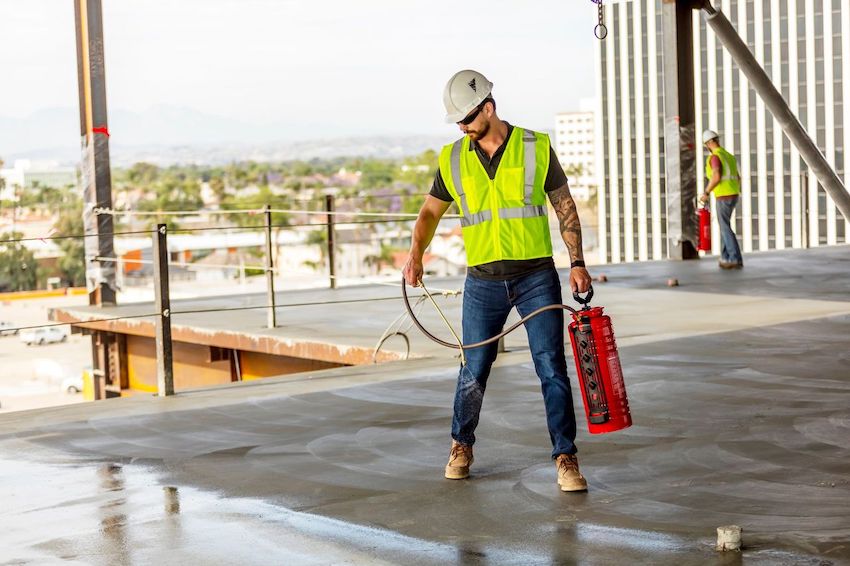How To Eliminate Flooring Failures
Learning Objectives:
- Identify and list some of the common flooring failures caused by moisture movement due to improper design, placement, and curing of the concrete.
- Describe the impacts of these flooring failures on human health, materials and labor costs, and delays and scheduling conflicts as remediation occurs.
- Discuss how improper water/cement ratio, mix design, placement, finishing, and curing can impact the moisture levels in concrete.
- Restate the importance of communication among all parties involved in flooring installation so that unhealthy, unsafe, and costly flooring failures can be prevented.
Credits:
This course is approved as a Structured Course
This course can be self-reported to the AANB, as per their CE Guidelines
Approved for structured learning
Approved for Core Learning
This course can be self-reported to the NLAA
Course may qualify for Learning Hours with NWTAA
Course eligible for OAA Learning Hours
This course is approved as a core course
This course can be self-reported for Learning Units to the Architectural Institute of British Columbia
This course provides an overview of the considerations for specifying concrete to receive floor coverings, with guidance on proper specification of concrete mix design, placement, and curing methods to secure a warranted floor covering system for the project. Special emphasis on the environmental concerns of product choice application technique and time savings are combined in a systems approach for improved overall concrete placement.

Photo courtesy of SINAK

|
Jeffrey Mosley, of SINAK, has been in the construction industry for over 38 years. His diverse background as a C-33 contractor, Territory manager for BASF, and Senior Technical Representative at SINAK bring a wealth of knowledge to his presentations. This real world experience is used to educate architects, engineers, contractors and owners in the prevention of concrete issues. Jeff is the author of "The Architects Guide To Concrete", a member of CSI, ACI and a voting member of both the ASTM C9 and F6 committees. |













